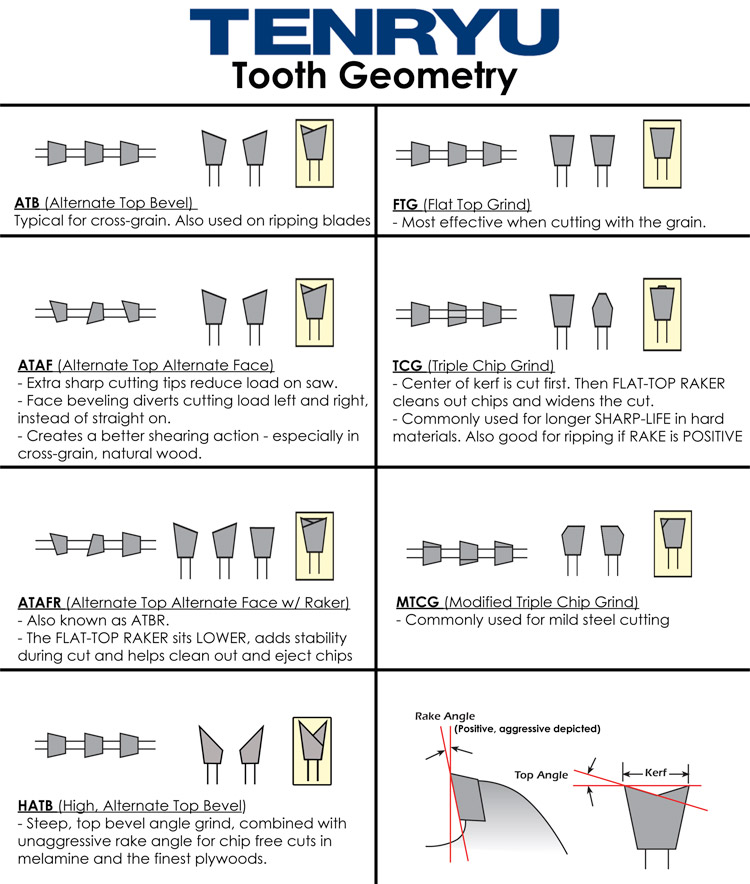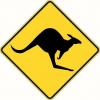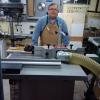
Originally Posted by
Nick Mazzino

Anyone have any inputs on the Woodworker II or miter saw cross cut recommendations?
I have a couple of WWII blades and it's been a love/not-so-much love relationship. I'm an advocate of using the right tool for the job and struggled with the concept of using a multi-purpose blade. I have blades for plywood, melamine, general ripping, glue line ripping and crosscutting, in both standard and thin kerf. Changing the blades never bothered me.
I recently sent out several TS blades for sharpening and have fallen back in love with the newly sharpened WWII. Maybe serious like is a better description. Most often the TS is used for plywood and ripping. And for ripping, the WWII does a great job, though not quite as good as a glue line rip blade of the same sharpness. But the difference between Forrest and Freud or CMT is, it seems, the Forrest blades hold their edge a bit longer. No scientific proof, just a general sense from thinking back over the years.
ďTravel is fatal to prejudice, bigotry, and narrow-mindedness..." - Mark Twain






 Reply With Quote
Reply With Quote






